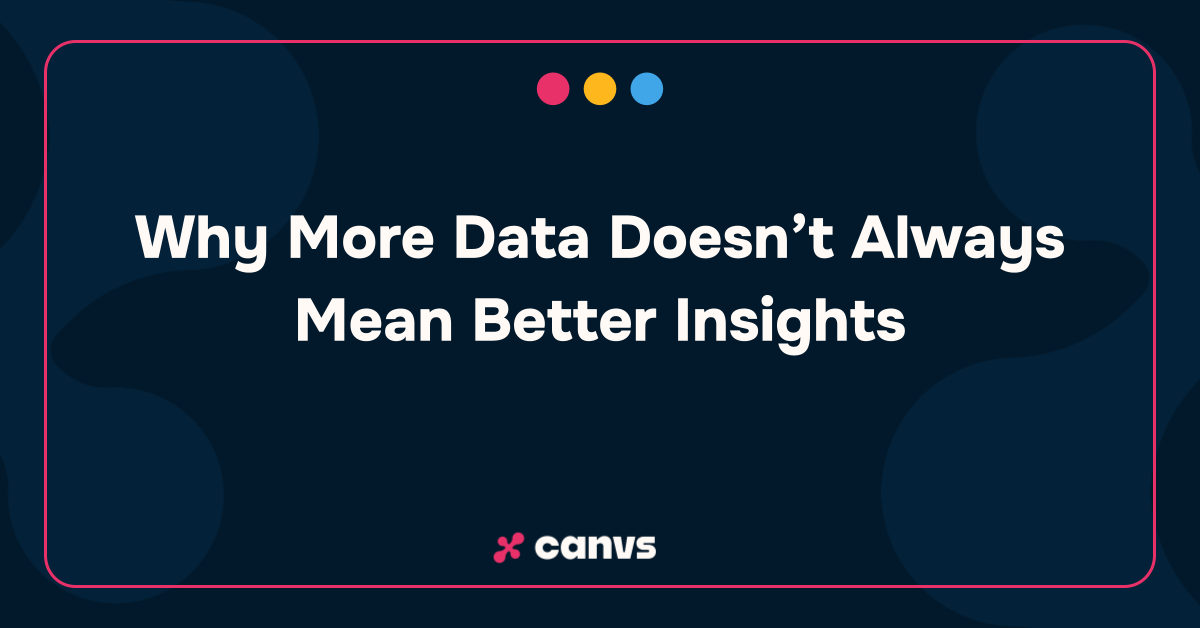In the vast and complex landscape of data analysis, open-ended text holds a unique place. Unlike its close-ended counterparts, which confine responses to predefined options, open-ended text—also referred to as verbatims—embraces the richness and diversity of human expression. This form of data collection, prevalent across open-ended survey questions, digital feedback channels, customer support interactions, and online reviews, invites respondents to articulate their thoughts, emotions, and experiences in their own words.
The Essence of Open-Ended Responses
At the heart of open-ended text are questions that defy the simplicity of a "yes" or "no" answer or the selection from a set of predetermined choices. These inquiries seek depth, asking participants to reflect on and articulate their personal narratives. Whether prompted by a direct question like, "What do you think of our product?" or gathered from spontaneous feedback, open-ended responses provide a canvas for the respondent's voice.
Examples of open-ended questions:
- "What aspects of our service can we improve?"
- "Describe a feature you wish our app had."
- "Share your thoughts on our latest product launch."
These prompts do not merely solicit information; they invite a conversation, offering insights that quantitative data alone cannot unveil.
The Strategic Advantage of Analyzing Open-Ended Text
The analysis of open-ended text transcends its traditional roots in survey feedback, extending its reach to social media commentary, product reviews, and beyond. This breadth of application showcases its versatility as a tool for comprehensive sentiment analysis across diverse feedback mechanisms.
Key advantages include:
- In-depth Understanding: Open-ended responses delve into the psyche of the respondent, revealing the motivations, preferences, and dissatisfaction that drive behavior.
- Rich Qualitative Data: The narrative format of open-ended text offers a detailed view of the respondent's experience, providing a fertile ground for qualitative analysis.
- Enhanced Customer Insight: By analyzing open-ended feedback, businesses can gain a nuanced understanding of customer sentiment, identifying areas for improvement and innovation.
Real-World Applications of Open-Ended Text Analysis
The utility of open-ended text analysis is vast, with applications spanning several domains.Market Research: For businesses seeking to understand consumer behavior, open-ended responses can illuminate preferences and pain points, guiding strategic decision-making.Product Development: Open-ended feedback is invaluable for identifying the features and improvements that users desire, shaping the roadmap for future development.Customer Experience Management: By examining the nuanced feedback provided in open-ended text, companies can pinpoint weaknesses in their service delivery, enabling targeted enhancements to the customer experience.
The Challenge and Solution of Analyzing Open-Ended Text
Despite its potential, the analysis of open-ended text is fraught with challenges. The inherent variability of human language, marked by slang, misspellings, and colloquial expressions, complicates the task of extracting consistent and meaningful insights. However, the advent of advanced AI-powered platforms like Canvs AI revolutionizes this process. Equipped with sophisticated text analysis capabilities, Canvs AI empowers insights, customer experience, and research teams to decode the complexities of consumer-generated text, unlocking valuable insights at scale.
Looking Ahead: The Future of Open-Ended Text Analysis
As we advance, the role of open-ended text in extracting consumer insights will only grow in importance. The depth and richness of qualitative data it provides are unparalleled, offering businesses a clear window into the hearts and minds of their customers. For those looking to harness the full potential of open-ended text analysis, exploring tools like Canvs AI is not just an option—it's a necessity.Embrace the future of data analysis with open-ended text, and let the voices of your customers guide your path to innovation and excellence. Discover the transformative power of Canvs AI by exploring our interactive product tour or scheduling a personalized demo today.
Explore More:
- Download the Canvs AI Guide to Text Analysis for Insights.
- Explore the interactive product tour of Canvs AI to see how AI unlocks open-ended text as a source of critical insight.




